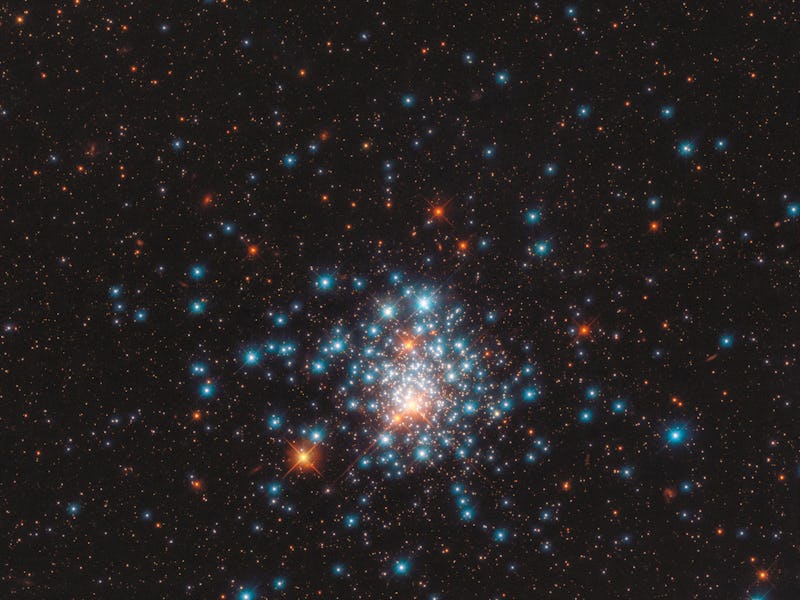Hubble takes on its most ambitious initiative yet, creating a library of stars
This is the largest observing program ever for the 30-year-old telescope.

Hubble is the Jay-Z of telescopes, the space observatory just doesn't want to retire.
Although it was meant to hang up its mirror this year, the Hubble Space Telescope has instead taken on a daunting new task — cataloging all the stars in the Milky Way, and other stars in nearby galaxies.
This will be the 30 year-old telescope's biggest observation endeavor yet.
The Space Telescope Science Institute in Baltimore, Maryland launched a new initiative with NASA's Hubble Space Telescope to produce a library of the spectral templates of young, low-mass stars from eight star-forming regions in the Milky Way, and high-mass stars in nearby dwarf galaxies.
The new project, titled ULLYSES (UV Legacy Library of Young Stars as Essential Standards), will take place across 1,000 of the Hubble's orbits around Earth, which takes approximately 97 minutes.
After cataloguing the targeted stars, it is likely that the final product will include details on some 300 stars.
"One of the key goals of ULLYSES is to form a complete reference sample that can be used to create spectral libraries capturing the diversity of stars, ensuring a legacy dataset for a wide range of astrophysical topics," Julia Roman-Duval, program lead behind ULLYSES, said in a statement.
"ULLYSES is expected to have a lasting impact on future research by astronomers around the world."
The ULLYSES program takes advantage of Hubble's unique imaging capabilities, as both high and low-mass stars have different complex Ultra Violet (UV) emission processes that impact their surroundings. They are also difficult to model, according to the researchers.
Young stars radiate a lot of energy in the UV emissions as they feed on the surrounding gas and dust.
Hubble is the right telescope for the job. The space telescope is located above Earth's atmosphere, which filters out most UV radiation from space before it reaches ground-based telescopes.
Space legacy — Stars are the main building blocks of the universe, releasing heavy chemical elements that feed their galaxies.
This image shows the Large Magellanic Cloud, a satellite galaxy of our Milky Way. It will be one of the targets for the new initiative, scientists say.
By creating a catalog that includes the spectral templates of stars, astronomers are hoping to get a better understanding of how stars are born, and how they influence the formation and growth of planets and galaxies around them.
"This unique collection is enabling diverse and exciting astrophysical research across many fields," Roman-Duval said.
The team behind ULLYSeS are designing new software that would enable them to create databases and web interfaces to share the catalog with the larger astrophysics community to ensure access to the initiative's data.
Hubble forever — The Hubble Space Telescope was launched into low-Earth orbit in the year 1990, and it remains one of the largest and most versatile space telescopes till today.
The telescope has been in operation for 30 years, and is due for a long-awaited retirement. It was initially meant to go offline this year, but the date was pushed to the year 2025.
Hubble is supposed to be replaced by the James Webb Telescope, which has been in the works for more than a decade.
The James Webb Telescope has already endured many delays, with an initial launch window scheduled for 2018, which was later pushed back to 2020, although that hasn't stuck either.
Now, NASA has set a launch date of October 31, 2021.
If it finally makes its way to space, the James Webb Telescope will be the most powerful space telescope ever designed, with an unprecedented ability to observe objects that are far away in the universe, unfolding the history of the cosmos.